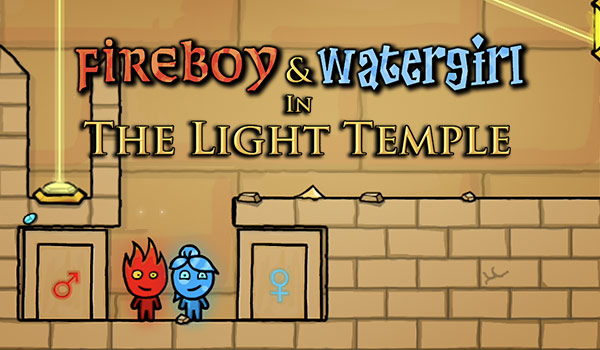Advertisement
Popular Now
In an increasingly globalized world, effective communication across different languages is more important than ever. Whether you're traveling, working internationally, or simply learning a new language, having a reliable translation app at your fingertips can make all the difference. In this article, we will explore the top 5 translation apps that stand out for their accuracy, features, and user-friendliness. Each app will be examined to help you choose the best one for your language needs.
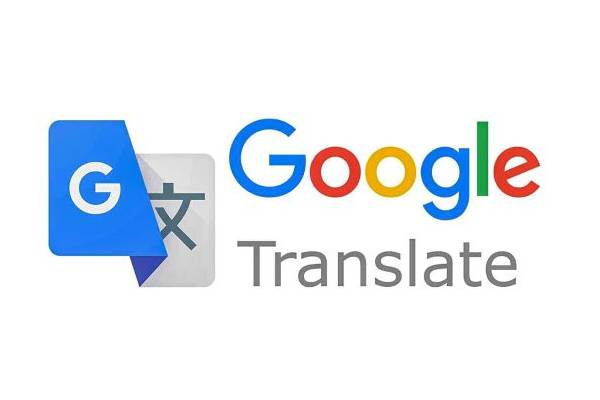
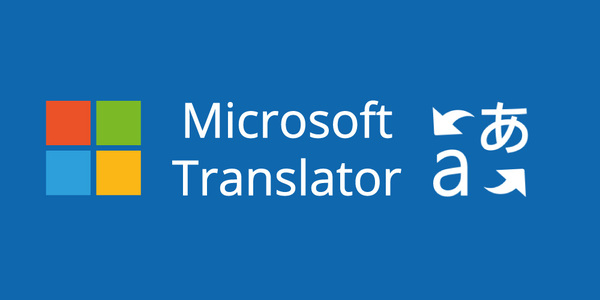
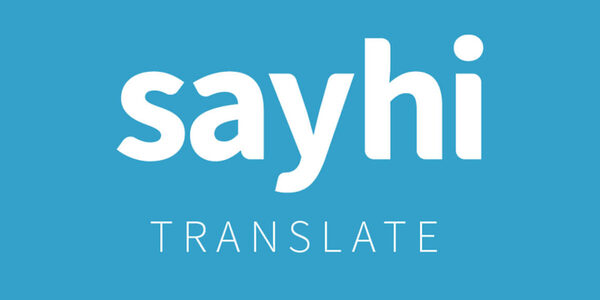
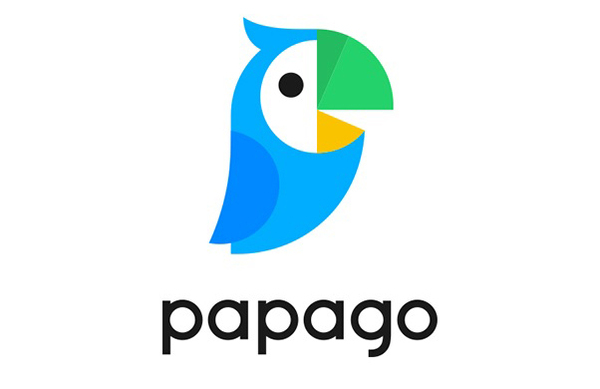
1. Google Translate: The Comprehensive Powerhouse
Google Translate is one of the most popular and widely used translation apps available. It offers support for over 100 languages and provides a variety of features to enhance the translation experience. From text translation to real-time conversation translation, Google Translate is known for its versatility and ease of use.
Features
- Supports over 100 languages
- Text, voice, and image translation
- Real-time conversation mode
- Offline translation capabilities
Pros
Its extensive language support and diverse features make Google Translate a go-to app for many users. The offline translation feature is also a major advantage for those without constant internet access.Cons
While Google Translate is highly effective, its translations are not always perfect, particularly for complex or nuanced text. The app's reliance on internet access for some features can also be a limitation.2. Microsoft Translator: Integrated and Efficient
Microsoft Translator is another powerful translation tool known for its integration with other Microsoft products. It supports over 70 languages and offers features designed to streamline translation for both personal and professional use.Features
- Supports over 70 languages
- Text, voice, and image translation
- Integration with Microsoft Office and other apps
- Real-time conversation translation
Pros
The app’s seamless integration with Microsoft products adds value for users within the Microsoft ecosystem. Its real-time conversation translation is highly useful for both travel and business.Cons
Microsoft Translator’s language support is not as extensive as Google Translate’s, and some users may find the interface less intuitive compared to other translation apps.
3. I Translate: User-Friendly and Feature-Rich
I Translate is a user-friendly translation app that supports over 100 languages. It offers a range of features designed to make translation easy and effective, including text, voice, and website translation.Features
- Supports over 100 languages
- Text and voice translation
- Website translation
- Offline translation capabilities
Pros
The app’s intuitive design and comprehensive features contribute to its popularity. Offline translation and website translation options are particularly useful for users with diverse needs.Cons
Some advanced features are locked behind a paywall in the pro version, which might be a drawback for users looking for a completely free solution. Accuracy can vary depending on the complexity of the text.4. SayHi: Conversation-Focused Translation
SayHi is designed with a focus on real-time conversation translation, making it ideal for travelers and those needing instant translation during conversations. The app supports over 90 languages and offers a simple, user-friendly interface.
Features
- Supports over 90 languages
- Real-time conversation translation
- Text and voice translation
- Customizable settings for different contexts
Pros
The app’s focus on real-time conversations and its customizable settings make it particularly useful for travelers and business professionals who need quick and accurate translations during discussions.Cons
While SayHi excels in conversation translation, it may lack some of the advanced features available in other apps, such as website or document translation. Users may need to upgrade for full functionality.5. Papago: Specializing in Asian Languages
Papago, developed by Naver, is known for its strong focus on Asian languages, including Korean, Japanese, and Chinese. It supports over 13 languages and provides robust translation features tailored to these languages.Features
- Supports 13 languages with a focus on Asian languages
- Text, voice, and image translation
- Real-time conversation translation
- Offline translation capabilities











